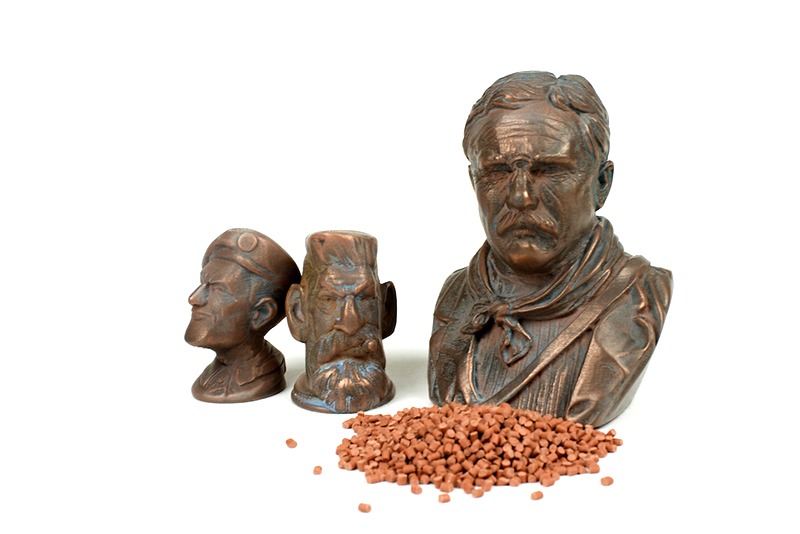
BronzeFill has become a huge hit for colorFabb and we’ve seen many great examples of excellent 3D printed models on their social media. Apparently printing with metal on desktop 3D printers is something the maker community is really interested in.
Behind the scenes colorFabb has been busy developing a new metal filament. Many hours of testing and developing have lead to the release of the brand new copperFill. Similar to bronzeFill it’s a PLA blend with micronized copper powder. This means that the material can be polished and finished with similar methods as bronzeFill.

Just like the release of bronzeFill colorFabb will start with a pre-order period until the end of october after which the first orders will be delivered to the customers. CopperFill will be priced similar to bronzeFill. In the mean time colorFabb is compiling test data and putting everything together in a write up which will be posted on their knowledge sharing platform, learn.colorfabb.com
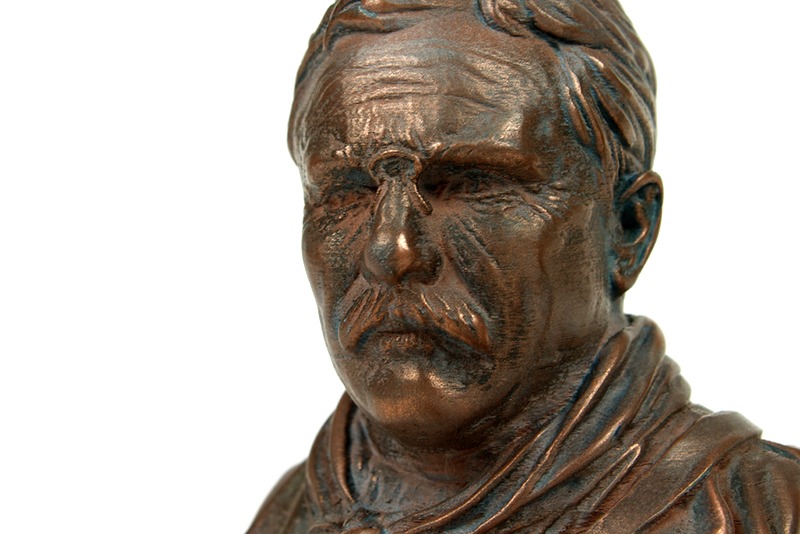

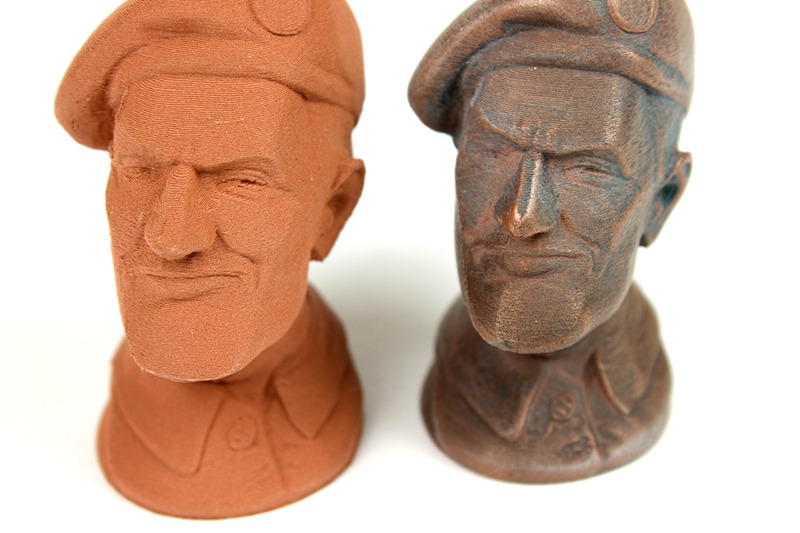
ColorFabb can already share some initial insights about printing with copperFill. Their testing showed reliable results using the all metal hot-ends, such as the E3D and the Makerbot Replicator 2 hotend. Hotends which use a teflon isolator coupler can generate adhesion to the copper filament possibly leading to clogs and is there for not recommended for novice users yet.
The 3D printed models shown in this article will be on display at the colorFabb booth during the TCT Show.
[mwi_product sku=”COPPERFILL”/]
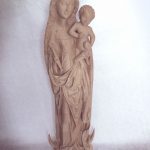


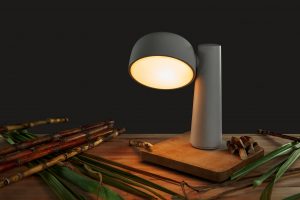
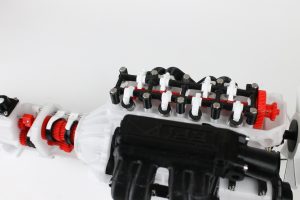

9 Comments
[…] 详情信息请查看:learn.colorfabb.com。 […]
does it float in water ?
No it doesn’t, it’s a heavy filament because of the copper particles.
Please add copperFill to the sample pack as soon as possible!
Hi Cristian, eventually we might, but for now copperFill will be available on spools.
Hello! Does this material conduct electricity?
Hi, no it’s not conductive unfortunately.
What is the copper loading? What kind of flake? How is it not conductive?
There is about 80% copper in this filament in a finely ground state.
But there is still PLA/PHA surrounding the particles so it does not conduct.